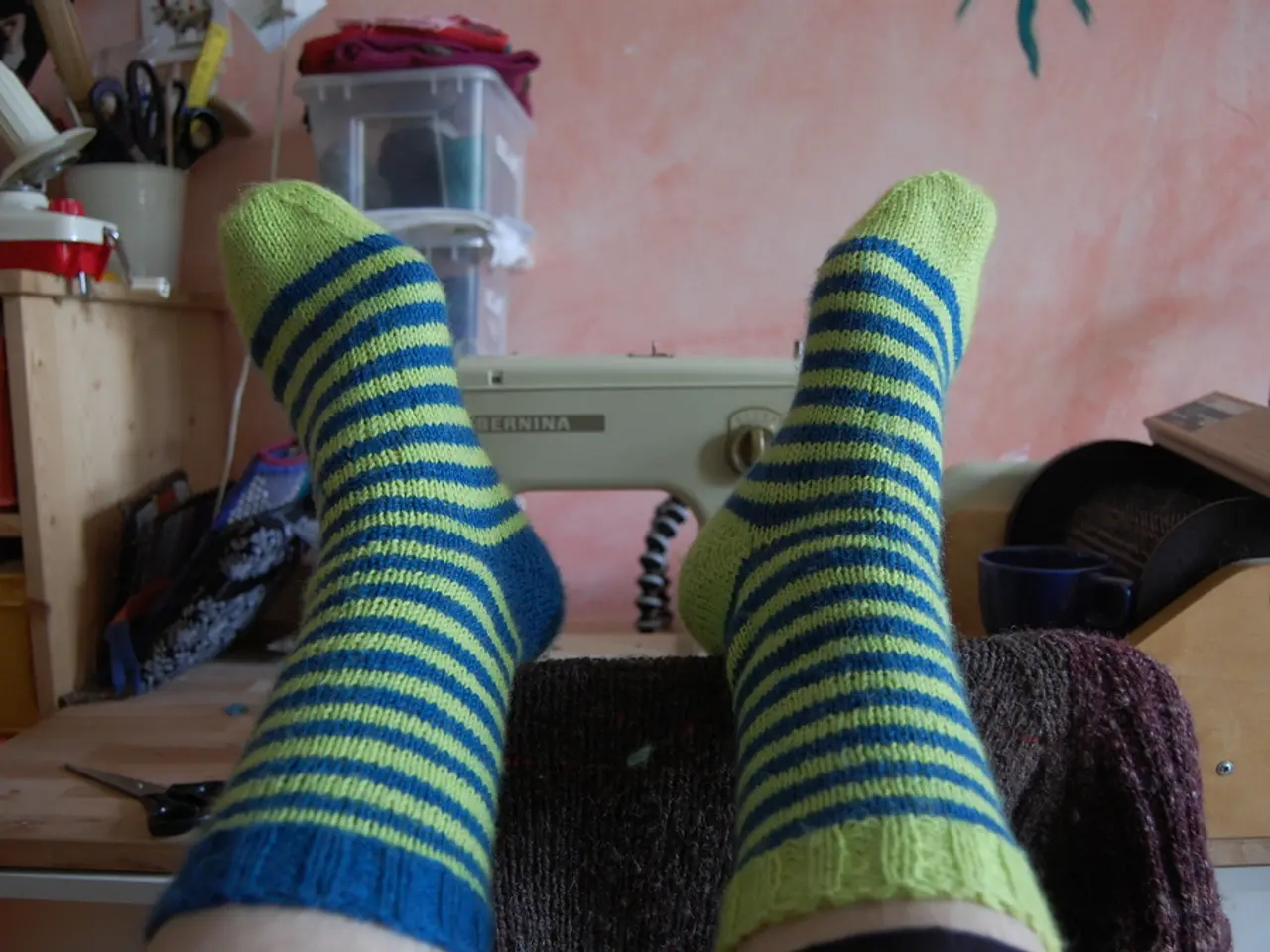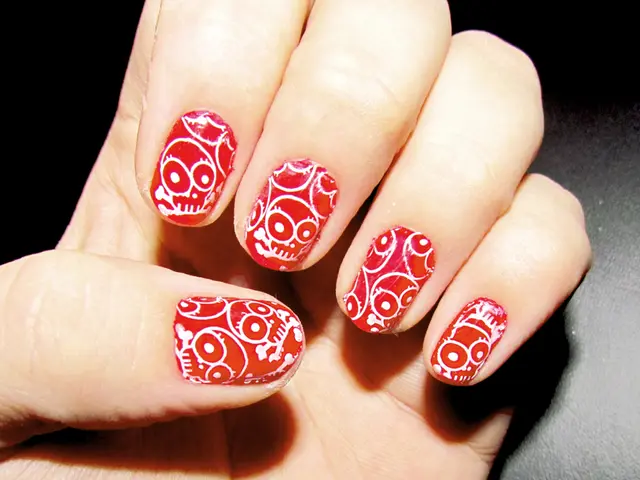Effortless Guide to cloth fabrication in 12 simple stages
In the world of fashion, managing clothing production effectively is crucial. This process, when done in-house, involves several integrated steps, from marketing and design to production and quality control. Let's delve into the workflow of in-house clothing production.
Marketing
The journey begins with market research to understand customer needs, trends, and competitors. Based on these insights, brand positioning is developed, and marketing campaigns are created that align with the product line. These efforts guide design decisions and help in planning production quantities accurately.
Design
Using tools like Computer-Aided Design (CAD) and 3D pattern making, designers transform ideas into technical sketches, select fabrics, colors, and trims, and prepare technical specifications. This phase may also involve creating digital samples to minimise trial errors and fabric waste.
Pattern Making
Patterns are the blueprint for each garment piece. They can be developed manually or digitally to define the shape of the garment. Advanced software allows for precise measurements and adjustments for size gradations. In-house pattern making enables quick prototyping and design modifications.
Cutting
Fabric is cut according to the patterns using manual or automated cutting machines. Automated cutting improves precision and efficiency, reducing fabric waste and speeding up the process. This stage prepares all garment components for assembly.
Sewing
Cut fabric pieces are sewn together by skilled operators or industrial sewing machines. Quality sewing ensures durability and aesthetic appeal. In a CMT setup, sewing is handled as a core step in production alongside cutting and adding trims.
Quality Control
Finished garments go through inspections for stitching quality, measurements, fabric defects, and overall finish. This ensures the product meets the brand’s standards before packaging.
Packaging and Distribution
Garments are packaged carefully to preserve quality during storage and shipping. Packaging can involve plastic wrapping, tagging, folding, and placing garments into cartons, with measures taken to control moisture and prevent damage. Finally, products are delivered to customers, retailers, or wholesalers.
To manage these steps effectively in-house, it is important to integrate technology, maintain skilled staff at each stage, and establish feedback loops across marketing, design, and production to enable agility and fast response to market changes.
In the realm of clothing production, every detail matters. For instance, patterns for the clothing samples are printed out from a pre-made lay plan and ready for cutting. Software suggests the best way to arrange patterns to use fabric efficiently. Threads for sewing should match the color of the fabric, and each sewing machine needs to be set up for a certain kind of fabric, with the appropriate thread reels installed.
For mass production of clothing, pieces of the same kind of fabric are stacked and cut in large quantities. A lay plan is necessary for printing patterns, considering factors like fabric length, width, number of items, and sizes. Clothing production involves several steps: sketch, tech pack, CAD layout, manufacturing, marketing, and sales planning. The amount of fabric needed for a sample and for mass production can vary. Patterns for factory-made clothes must be clear and exact, with all necessary marks.
In summary, managing clothing production in-house follows these core stages: market research and marketing → design and technical specification → pattern making → fabric cutting → sewing/assembly → quality control → packaging and distribution. Using digital design tools and automation helps reduce errors, accelerate timelines, and maintain product quality throughout.
- To integrate the latest fashion trends and suitable styles into the lifestyle of customers, it's crucial to overlap the in-house production workflow with the fashion-and-beauty sector, ensuring that the home-and-garden domain doesn't overlook opportunities for harmonious decor and clothing choices.
- Effectively managing in-house clothing production requires a comprehensive understanding of the various stages, including market research, design, pattern making, cutting, sewing, quality control, packaging, and distribution. This understanding can be extended to include considerations for home-and-garden products, where similar attention to detail can provide a cohesive environment reflecting one's lifestyle and personal taste.




